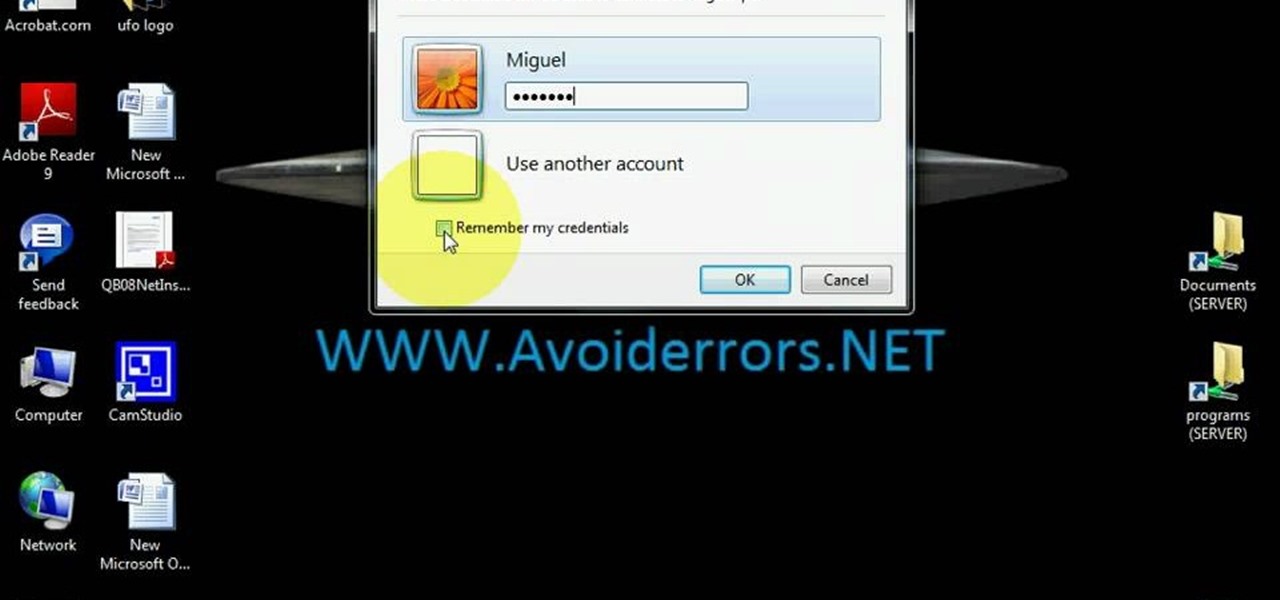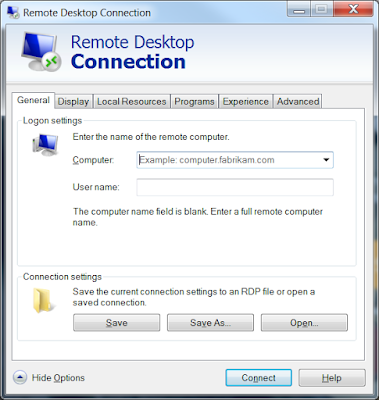In Settings, enter ‘Remote Desktop’ and select Remote desktop settings. In Enable Remote Desktop, make sure the feature is turned on. Select Confirm to turn on Remote Desktop. Additional options are available to customize your Remote Desktop, just select Show settings to see what you can change. The remote operation works the other way around meaning from desktop running vista the laptop running windows 7 professional. Looking at the Vista under System Remote setting Remote Tab that the remote assistance box is showing but the Remote Desktop box where you can choose which type connection can be made is missing. For Windows Vista Home Premium that basicly doesn't support RPD, you can use Microsoft Live Mesh that'll allow you to remote desktop your computer.
-->Applies to: Windows 10, Windows 8.1, Windows Server 2019, Windows Server 2016, Windows Server 2012 R2
You can use Remote Desktop to connect to and control your PC from a remote device by using a Microsoft Remote Desktop client (available for Windows, iOS, macOS and Android). When you allow remote connections to your PC, you can use another device to connect to your PC and have access to all of your apps, files, and network resources as if you were sitting at your desk.
Note

You can use Remote Desktop to connect to Windows 10 Pro and Enterprise, Windows 8.1 and 8 Enterprise and Pro, Windows 7 Professional, Enterprise, and Ultimate, and Windows Server versions newer than Windows Server 2008. You can't connect to computers running a Home edition (like Windows 10 Home).
To connect to a remote PC, that computer must be turned on, it must have a network connection, Remote Desktop must be enabled, you must have network access to the remote computer (this could be through the Internet), and you must have permission to connect. For permission to connect, you must be on the list of users. Before you start a connection, it's a good idea to look up the name of the computer you're connecting to and to make sure Remote Desktop connections are allowed through its firewall.
How to enable Remote Desktop
The simplest way to allow access to your PC from a remote device is using the Remote Desktop options under Settings. Since this functionality was added in the Windows 10 Fall Creators update (1709), a separate downloadable app is also available that provides similar functionality for earlier versions of Windows. You can also use the legacy way of enabling Remote Desktop, however this method provides less functionality and validation.
Windows 10 Fall Creator Update (1709) or later
You can configure your PC for remote access with a few easy steps.
- On the device you want to connect to, select Start and then click the Settings icon on the left.
- Select the System group followed by the Remote Desktop item.
- Use the slider to enable Remote Desktop.
- It is also recommended to keep the PC awake and discoverable to facilitate connections. Click Show settings to enable.
- As needed, add users who can connect remotely by clicking Select users that can remotely access this PC.
- Members of the Administrators group automatically have access.
- Make note of the name of this PC under How to connect to this PC. You'll need this to configure the clients.
Windows 7 and early version of Windows 10
To configure your PC for remote access, download and run the Microsoft Remote Desktop Assistant. This assistant updates your system settings to enable remote access, ensures your computer is awake for connections, and checks that your firewall allows Remote Desktop connections.
All versions of Windows (Legacy method)

To enable Remote Desktop using the legacy system properties, follow the instructions to Connect to another computer using Remote Desktop Connection.

Should I enable Remote Desktop?
If you only want to access your PC when you are physically using it, you don't need to enable Remote Desktop. Enabling Remote Desktop opens a port on your PC that is visible to your local network. You should only enable Remote Desktop in trusted networks, such as your home. You also don't want to enable Remote Desktop on any PC where access is tightly controlled.
Be aware that when you enable access to Remote Desktop, you are granting anyone in the Administrators group, as well as any additional users you select, the ability to remotely access their accounts on the computer.
You should ensure that every account that has access to your PC is configured with a strong password.

Remote Desktop Connection Closes Immediately

Why allow connections only with Network Level Authentication?
If you want to restrict who can access your PC, choose to allow access only with Network Level Authentication (NLA). When you enable this option, users have to authenticate themselves to the network before they can connect to your PC. Allowing connections only from computers running Remote Desktop with NLA is a more secure authentication method that can help protect your computer from malicious users and software. To learn more about NLA and Remote Desktop, check out Configure NLA for RDS Connections.
If you're remotely connecting to a PC on your home network from outside of that network, don't select this option.
Windows Vista Remote Desktop 6 Authentication Prompt
When you use Remote Desktop on your Vista computer, you get this prompt:
Remote Desktop cannot verify the identity of the computer you want to connect to. This problem can occur if:
1) The remote computer is running a version of Windows that is earlier than Windows Vista.
2) The remote computer is configured to support only the RDP security layer.
Contact your network administrator or the owner of the remote computer for assistance.
Do you want to connect anyway?
Of course, you can click yes and continue but this is quite annoying.
Windows Vista Remote Desktop Not Working
What it means:
Windows Vista Remote Desktop Connection
Windows Vista and the yet to be released Windows Server 2008 both support TLS authentication which uses certificates to validate the identity of the remote computer. Windows XP and Server 2003 don’t support this and never will. You don’t care. You don’t need this anyway.
What you should do:
Click the Advanced Tab in your RDP settings
Under Authentication Options, select Always connect, even if authentication fails
Windows Vista Remote Desktop Software
Go back to the General Tab and save your changes.
